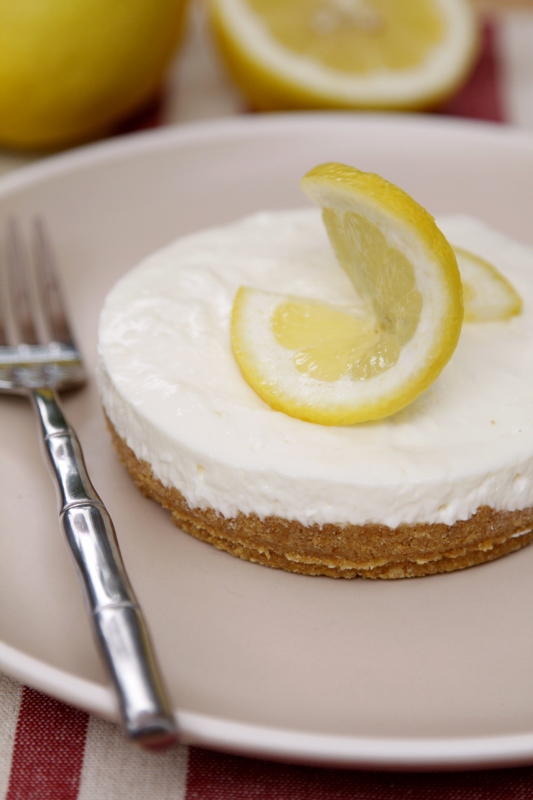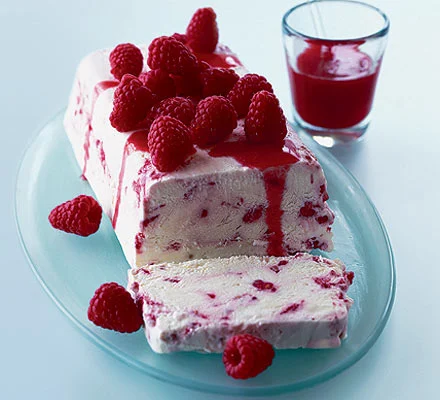
The protagonist of this week’s Cook N Bake German Series is one of Germany’s newest states, created in 1990 after the Reunification. Very close to Brandenburg (of which we talked about last week), Poland and Czech Republic, Saxony is a green land enriched with forests, mountains, and river valleys.
Saxony’s culinary tradition can be easily summarized as Kaffeehauskultur, “coffee house culture”. Coffee and cakes are in fact the main recipes of the region. Although Germany did not have colonies where to grow coffee, that in the 17th century started becoming very popular throughout all Europe, Saxony soon became very proud of its weak cup of coffe, or Blumchenkaffee, “little flower coffee”. The name Blumchenkaffee originated with the introduction of the Meissen porcelain cups, made in Saxony and famous all over the world. At the bottom of these cups there is a painted flower decoration, which is still visible if the coffee poured into the cup is too weak.
Together with coffee, a piece of Stollen is often served. This week’s recipe is Dresden Stollen, a fruit cake containing dried fruit, nuts and spices, often covered in powdered sugar. Typical of the Christmas season (similarly to the Italian Panettone), a stollen can be called Dresden Stollen only if maid in Dresden, must contain at least 3 g of butter, 7 grams of dried fruit, candied orange and lemon peels, and 1 g o almonds. Originally it was made only with flour, oats and water, as the church doctrine banned the use of butter and milk during the Advent. Ernst of Saxony, together with his brother Albrecht, had to write to the Pope and request the ban to be lifted, from the moment that the cake without butter was quite tasteless. The Pope replied to the letter, known as the “butter letter” and since then butter was allowed for the cake.
Stollen appeared for the first time in 1427, when it was baked in the Saxon Royal Court. Dresden Stollen goes back to then, and in 1474 was the main sweet at the Dresden’s Christmas market, which still exists today and hosts a parade in which a carriage takes the Stollen through the streets of Dresden.
Ingredients:
For the Fruit:
1 cup mixed candied fruit
1 cup raisins
3 tablespoons dark rum or orange juice
For the Sponge:
1 scant tablespoon or 1 (1/4-ounce) package active dry yeast
1/4 cup warm water (about 110 degrees F)
2/3 cup milk
1 teaspoon honey
1 cup unbleached all-purpose flour
For the Dough:
1/3 cup honey
1 large egg, beaten
1/2 cup (1 stick) unsalted butter, softened
1 tablespoon finely grated lemon zest
1 teaspoon salt
1/2 teaspoon ground mace
1/2 cup chopped almonds, toasted
3 to 4 cups unbleached all-purpose flour
Oil, for coating bowl
For the Filling:
2 tablespoons unsalted butter, melted
2 teaspoons ground cinnamon
3 tablespoons granulated sugar
For the Topping:
1/2 cup confectioners’ sugar
Prepare Fruit: Combine the mixed fruit, raisins, and rum. Cover and set aside. Shake or stir the mixture every so often to coat the fruit with the rum.
Prepare Sponge: In a large bowl, sprinkle the yeast in the water to soften. Heat the milk to 110 degrees F and add it to the yeast along with the honey and 1 cup flour. Cover the sponge with plastic wrap and let rise until light and full of bubbles, about 30 minutes.
By Hand: Add the fruit mixture, honey, egg, butter, zest, salt, mace, almonds, and 2 cups of the flour to the sponge. Beat vigorously for 2 minutes. Gradually add the remaining flour 1/4 cup at a time until the dough begins to pull away from the side of the bowl. Turn the dough out onto a floured work surface. Knead, adding flour a little at a time, until the dough is smooth and elastic.
By Mixer: In the mixer bowl, add the fruit mixture, honey, egg, butter, zest, salt, mace, almonds, and 2 cups of the flour to the sponge. Using the paddle, beat the mixture on medium low speed for 2 minutes. Gradually add the remaining flour 1/4 cup at a time until the dough begins to pull away from the side of the bowl. Change to the dough hook. Continue to add flour 1 tablespoon at a time until the dough just begins to clean the bowl. Knead 4 to 5 minutes on medium-low.
First rise: Put the dough in an oiled bowl and turn to coat the entire ball of dough with oil. Cover with a tightly woven towel and let rise until doubled, about 1 hour.
Shape and Fill: Turn the dough out onto a lightly oiled work surface. For 1 large loaf, roll the dough into a 9 by 13-inch oval. For 2 loaves, divided the dough in half and roll each half into a 7 by 9-inch oval. Brush the melted butter over the top of the oval(s). Combine the cinnamon and granulated sugar and sprinkle over one lengthwise half of the oval(s). Fold the dough in half lengthwise and carefully lift the bread(s) onto a parchment-lined or well-greased baking sheet. Press lightly on the folded side to help the loaf keep its shape during rising and baking.
Second rise: Cover with a tightly woven towel and let rise for 45 minutes.
Preheat oven: About 10 minutes before baking, preheat oven to 375 degrees F.
Bake and cool: Bake for 25 minutes until the internal temperature of the bread reaches 190 degrees F. Immediately remove from the baking sheet and place on a rack to cool.
To serve: Sprinkle heavily with confectioners’ sugar just before serving.
Variation: Between 2 pieces of waxed paper or plastic wrap, roll 3 ounces almond paste or marzipan into the lengthwise shape of half the oval. Omit the butter and cinnamon-sugar filling. Place the marzipan on half of the oval and fold the dough in half. Let rise and bake as directed.
Notes: One cup coarsely chopped mixed dried fruits may be substituted for the candied fruit. Cover the dried fruit with boiling water and let sit at room temperature for 8 to 12 hours. Drain and use as you would candied fruit. You can also make your own candied fruit and peel. This bread freezes nicely for up to 6 months. If freezing it, do not sprinkle with confectioners’ sugar. To serve, first thaw the bread, then bake on a baking sheet in a preheated 375 degree F oven for 7 to 10 minutes. Just before serving, sprinkle with confectioners’ sugar.
Recipe from http://www.foodnetwork.com










